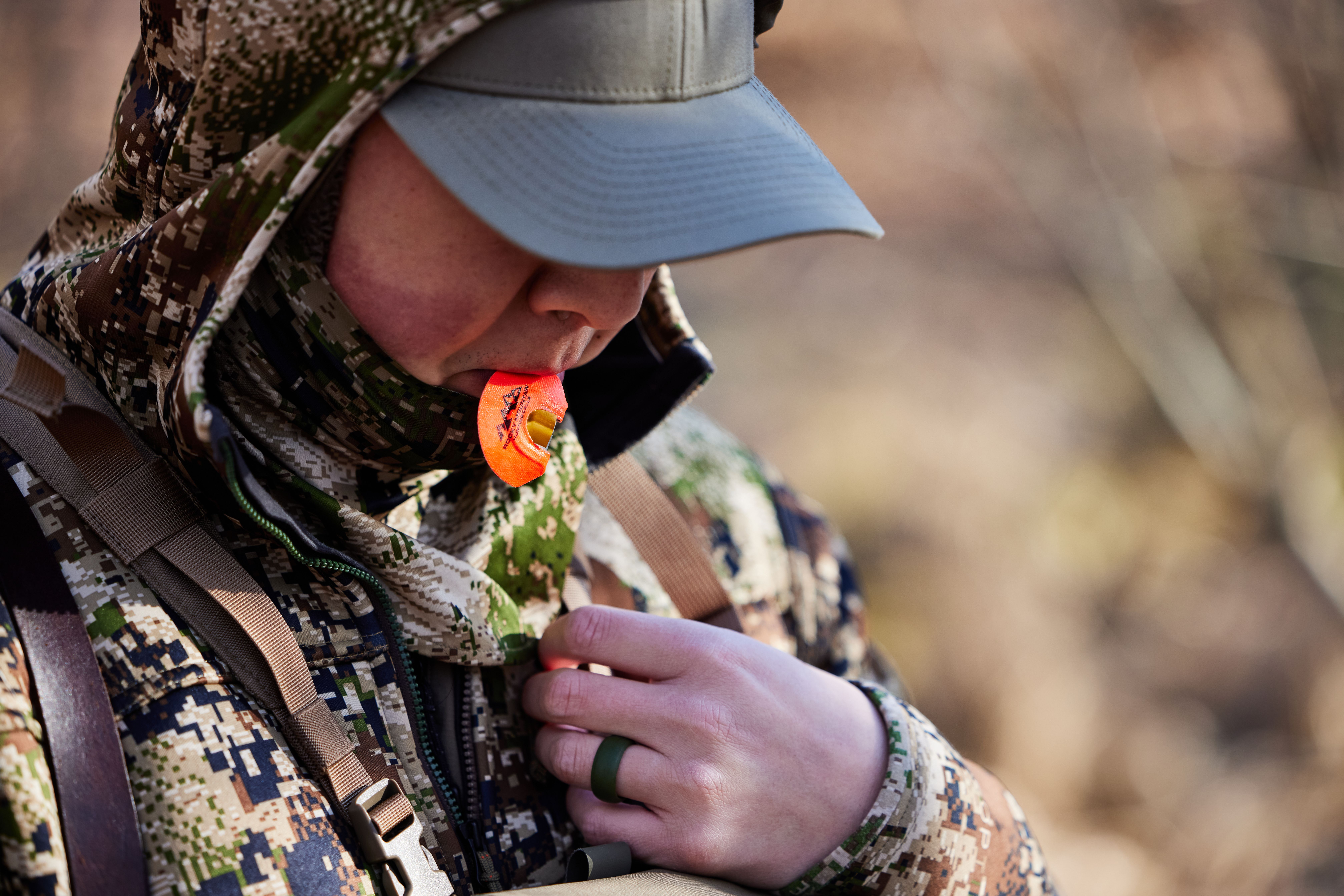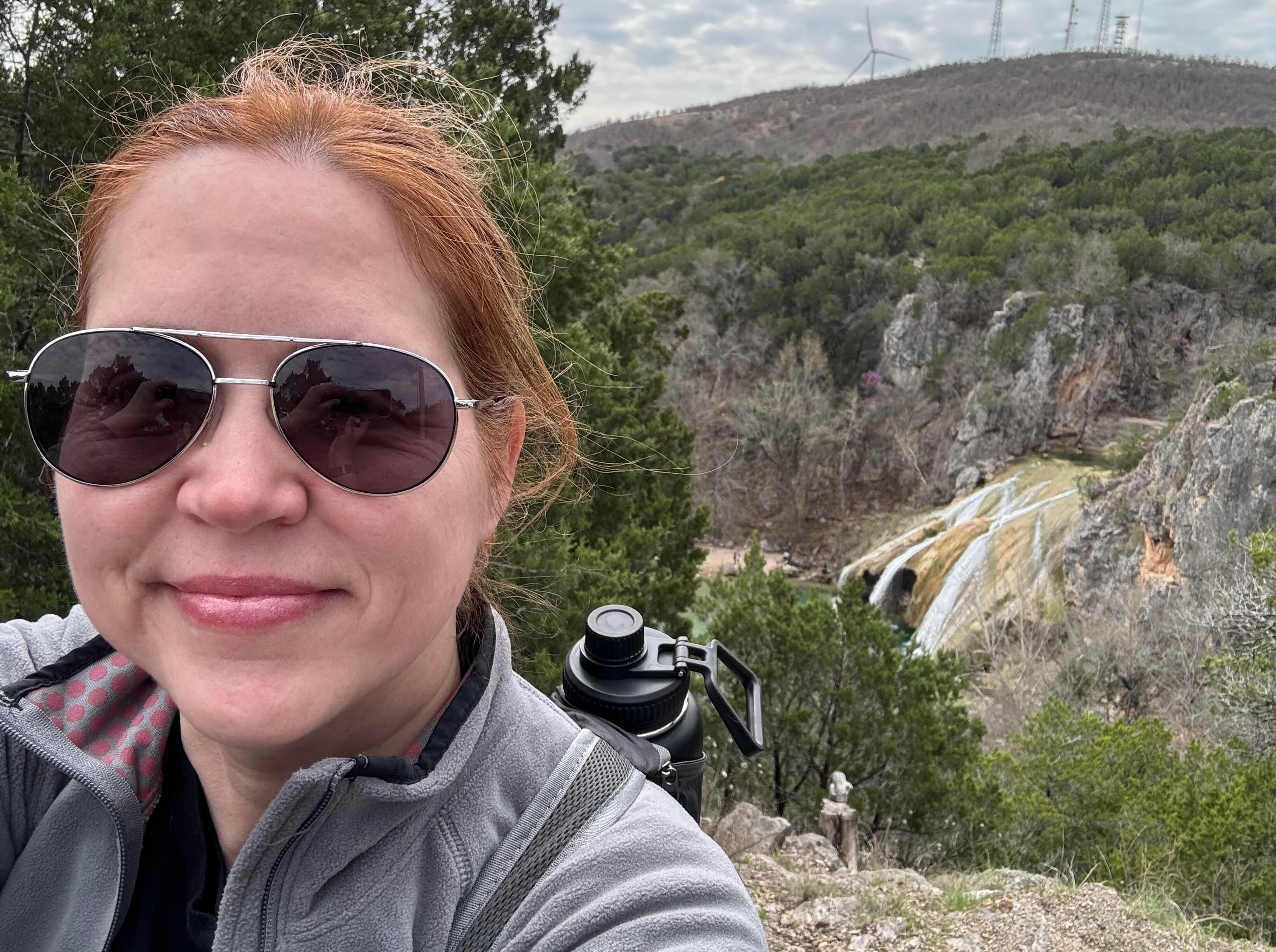With the proper planning, hunters heading to the Golden State can hunt some of the country's most breathtaking landscapes and take home impressive birds.
We believe you must experience the Californian turkey season at least once as a hunter! Here's everything you need to know about this year's season and some insider tips to help you bring home that big one.
Updated June 4, 2025
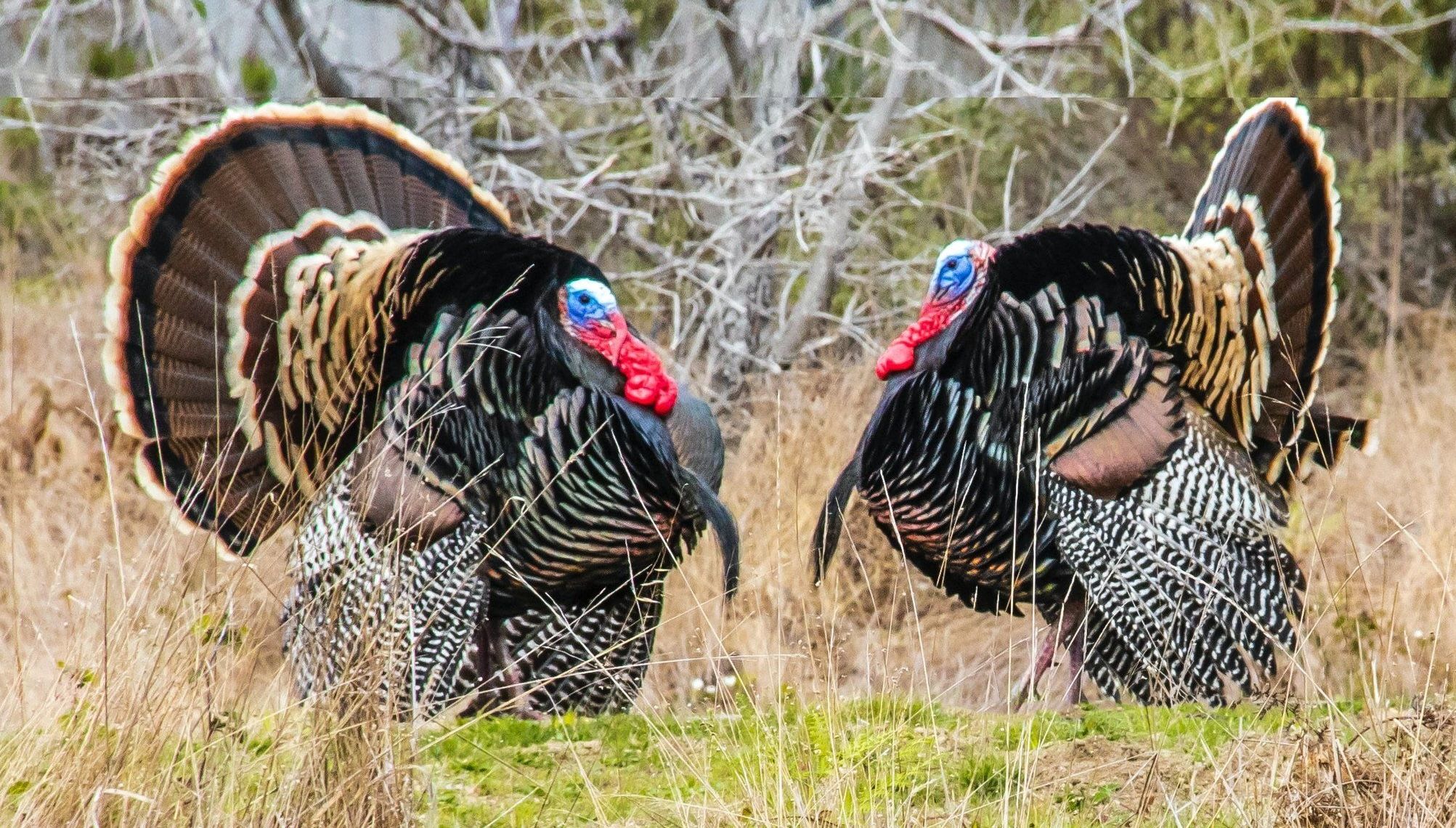
What Types of Turkey Can You Hunt in California?
The wild turkey population has expanded throughout California thanks to dedicated conservation efforts and responsible and ethical hunting practices. Despite drought and wildfire that plagued the state for the previous decade, these efforts helped replenish turkey numbers.
The Turkey density now covers nearly 18% of the state, and species diversity exists.
When hunting in California, you'll come across several types of turkeys, including:
- Rio Grande turkey: The Rio Grande turkey is the most widespread species in California, located across coastal ranges, Sierra Nevada, and Cascade foothills.
- Merriam's: This mountainous species can be found in the Transverse range; however, it is most commonly found east of California in states such as Colorado and Idaho.
- Eastern and hybrid: The State has also released eastern and various hybrid turkeys.
No matter what type of turkey you come across during your hunt, make sure you hunt during the legal open seasons and follow all regulations.
Rio Grande Turkey Characteristics
As the central turkey and most likely species you'll see during the California season, let's explore the Rio Grande Turkey a little deeper.
Appearance
Rio Grande turkeys weigh less than the Eastern Wilds, with an average male weight of 20 pounds and eight to thirteen for females. They're most easily recognized by their dark tan or buff tail feathers matched with greenish-copper body feathers.
Habitat
Like most turkey subspecies, the Rio Grande turkey requires a range of habitats throughout its lifespan. In California, you'll find it around river valleys and riparian areas with good cover from brush and roosting trees from temperate forests.
Diet
Highly adaptable and opportunistic eaters, the Rio Grande turkey favors wild oats, seasonal grasses, and acorns. Finding where they feed can help you target a good spot to wait for them to look for food in the mornings after leaving the roost.
Habits
Gobblers attract a hen's attention by gobbling and strutting, and they are generally considered one of the louder and more vocal turkey subspecies. Their ranges and movement patterns can be seasonal, and they are known to form large, social flocks.
Due to the diversity of the California landscapes, it's essential to tailor your research and hunting plans to the environment you target and mark in your HuntWise app.
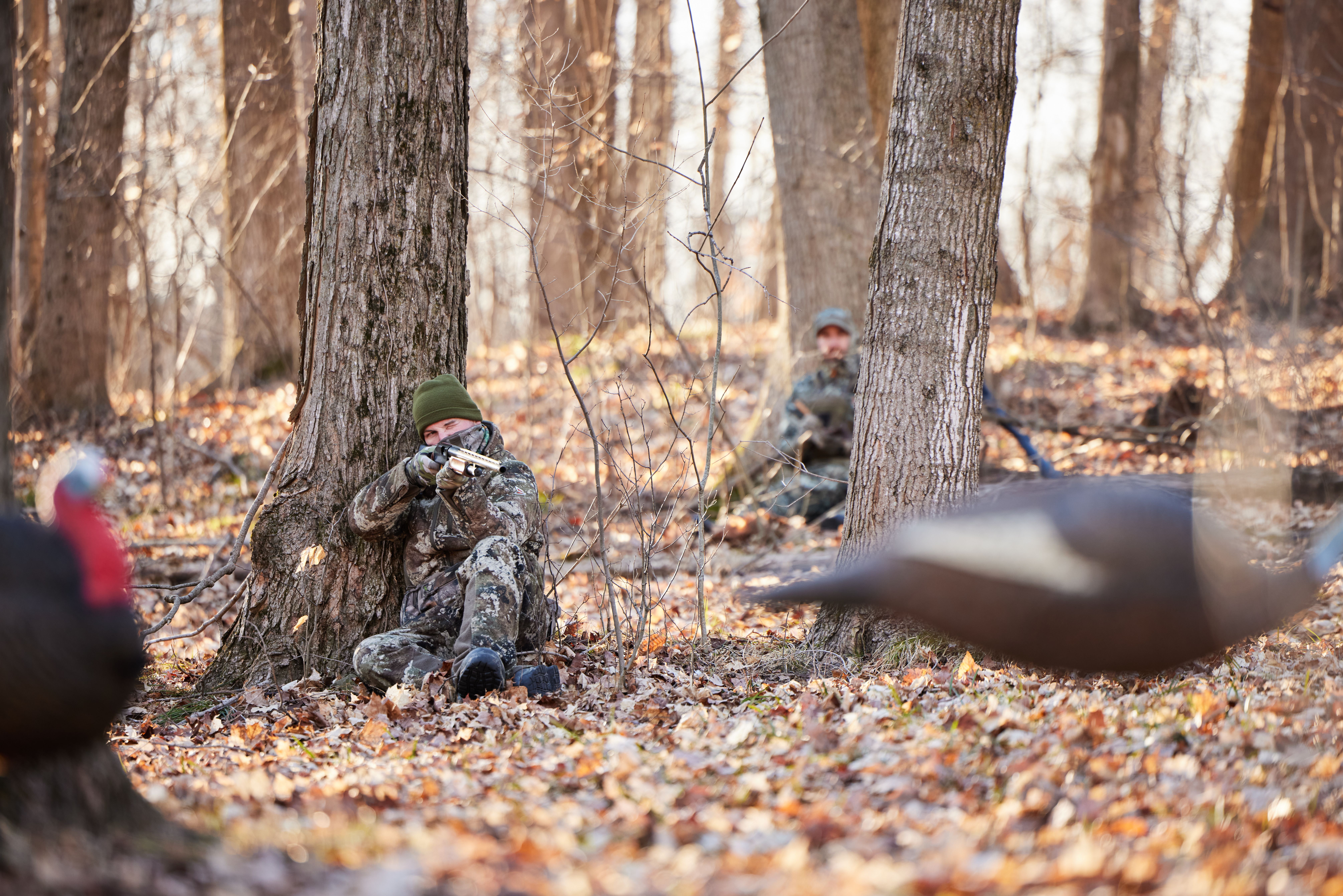
When Does the Turkey Season Open In California?
The California Department of Fish and Wildlife (CDFW) manages the turkey season and population. The season is categorized into spring and fall, with additional subcategories in the spring season.
Spring 2025 hunting dates were:
General: March 29 – May 4, 2025
Archery Only: May 5 – 18, 2025
Additional Junior: March 22 – 23 and May 5 – 18, 2025
The daily limit is one (bearded), and the season limit is three.
The Fall 2025 hunting dates run from November 8 through December 7, 2025. The daily bag limit is one per day (either sex) with a limit of two for the fall season. Hunters can likely expect the fall 2025 season dates to be similar to 2024.
Spring 2026 dates will be:
General: March 28 – May 3, 2026
Archery Only: May 4 – 17, 2026
Additional Junior: March 21 – 22 and May 4 – 17, 2026
Regulations and Licensing
Aside from preparation, planning, and sorting your gear, compliance and understanding the licensing regulations are essential to avoid legal issues.
To hunt turkeys in California, you'll need:
Note that the use of nonlead ammunition when hunting with firearms is a requirement when hunting in California, and wildlife officers will frequently check for compliance.
How To Improve Your Chances of Tagging a Tom or Jake
California turkey hunting has a success rate of around 40%. Here are a few tips to help you reach that magic number.
Use Decoys Sparingly
Decoys can be an exceptional strategy to lure in that big jake. Use the decoys early in the season and opt for hens.
If you're setting up several decoys, set up one hen and one jake or tom. If you're frustrated that they're not rolling in, remember patience pays off (most of the time).

Use a Blind When Necessary
California turkeys are noted for their excellent eyesight and weariness of out-of-the-ordinary visuals. If using a blind, match the pattern to the dense areas of mixed oak and pine woodlands, which are the areas of high turkey movement.
Go for native patterns and blend in local foliage. While blinds are not the first choice for Californian turkey hunters, they can make a great base in adverse weather conditions.
Use HuntWise to Scout Locations
Due to the diversity of the Californian natural environment, mapping and preparation are invaluable.
The HuntWise app allows you to mark fruitful terrain, watering holes, and potential roosting locations. Remember that proximity to water is essential for providing vegetation, food, and shelter for the turkeys you hunt.
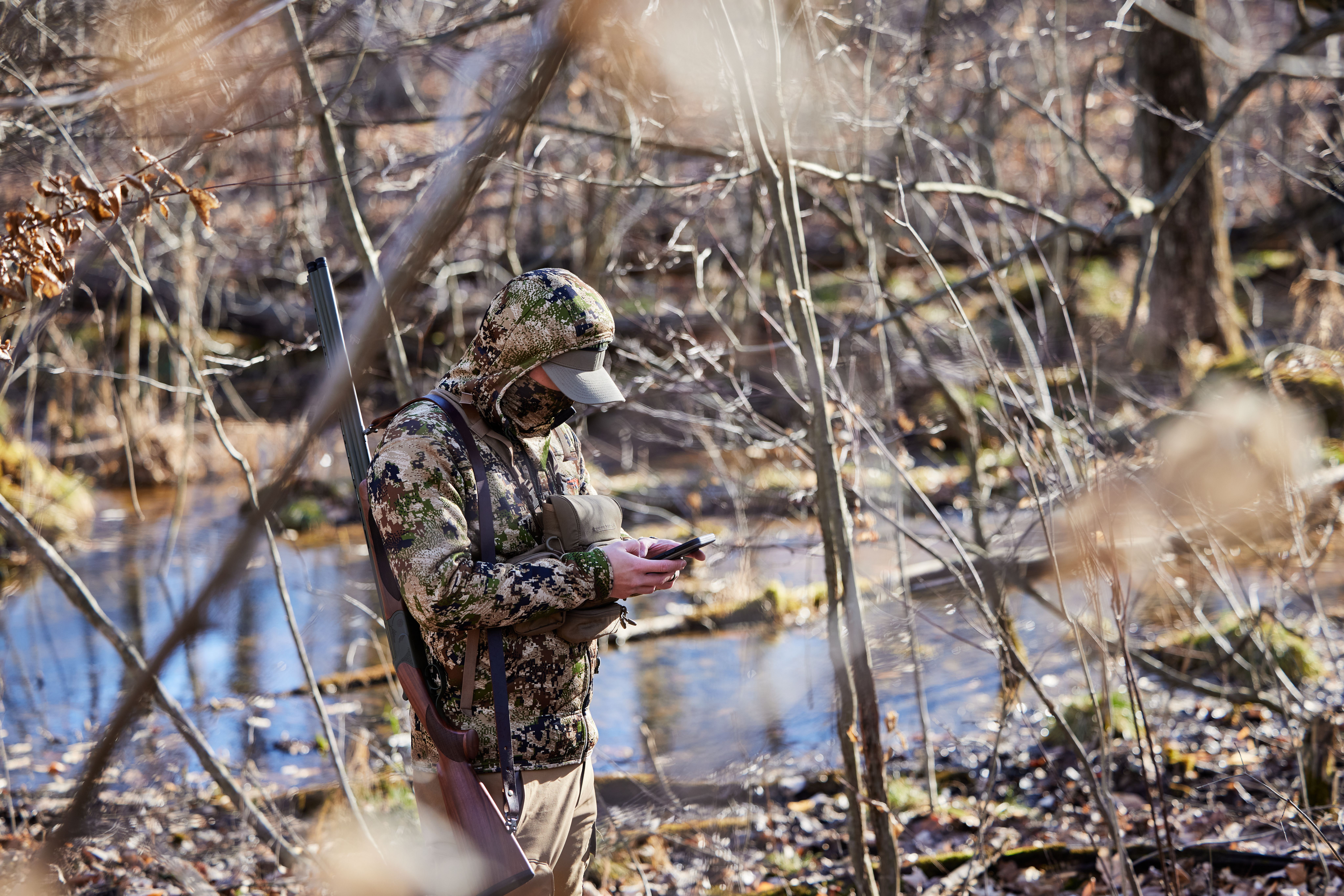
Make California Turkey Season a Winner With HuntWise
The California terrain can be stunning but sometimes challenging. E-scouting is essential to understanding the landscape and best preparation for a successful hunt.
Locking down valley lines with good coverage gives you the best chance to take home a prized tom. HuntWise will help you target the perfect combination for a turkey hotspot, whether public or private. You also have direct access to current landowner information (including phone numbers) through HuntWise. So, you don't have to miss out on a bird that crosses over a boundary line.
If you plan to hunt during California turkey season, don't leave home without HuntWise! Download and try it for free.
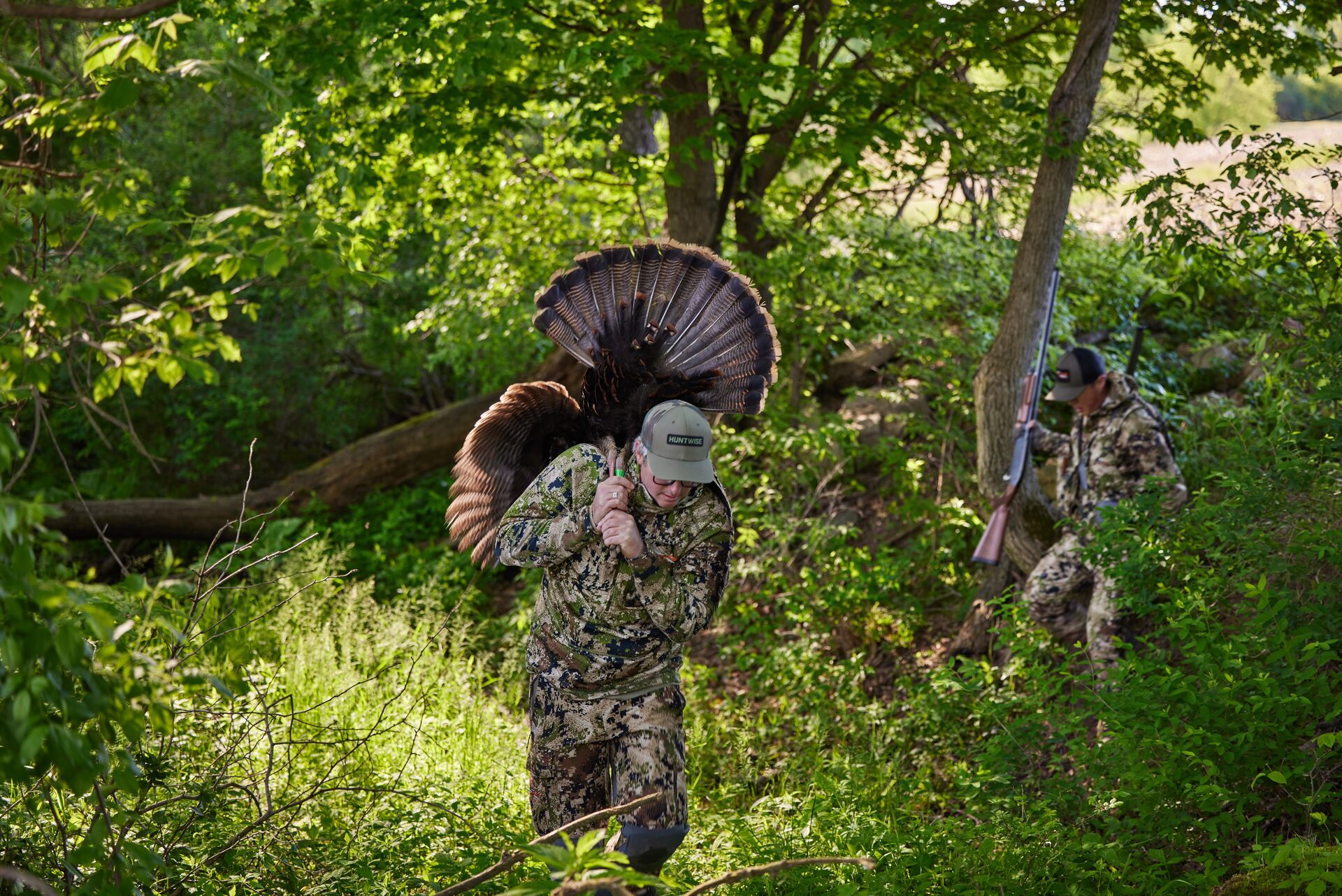
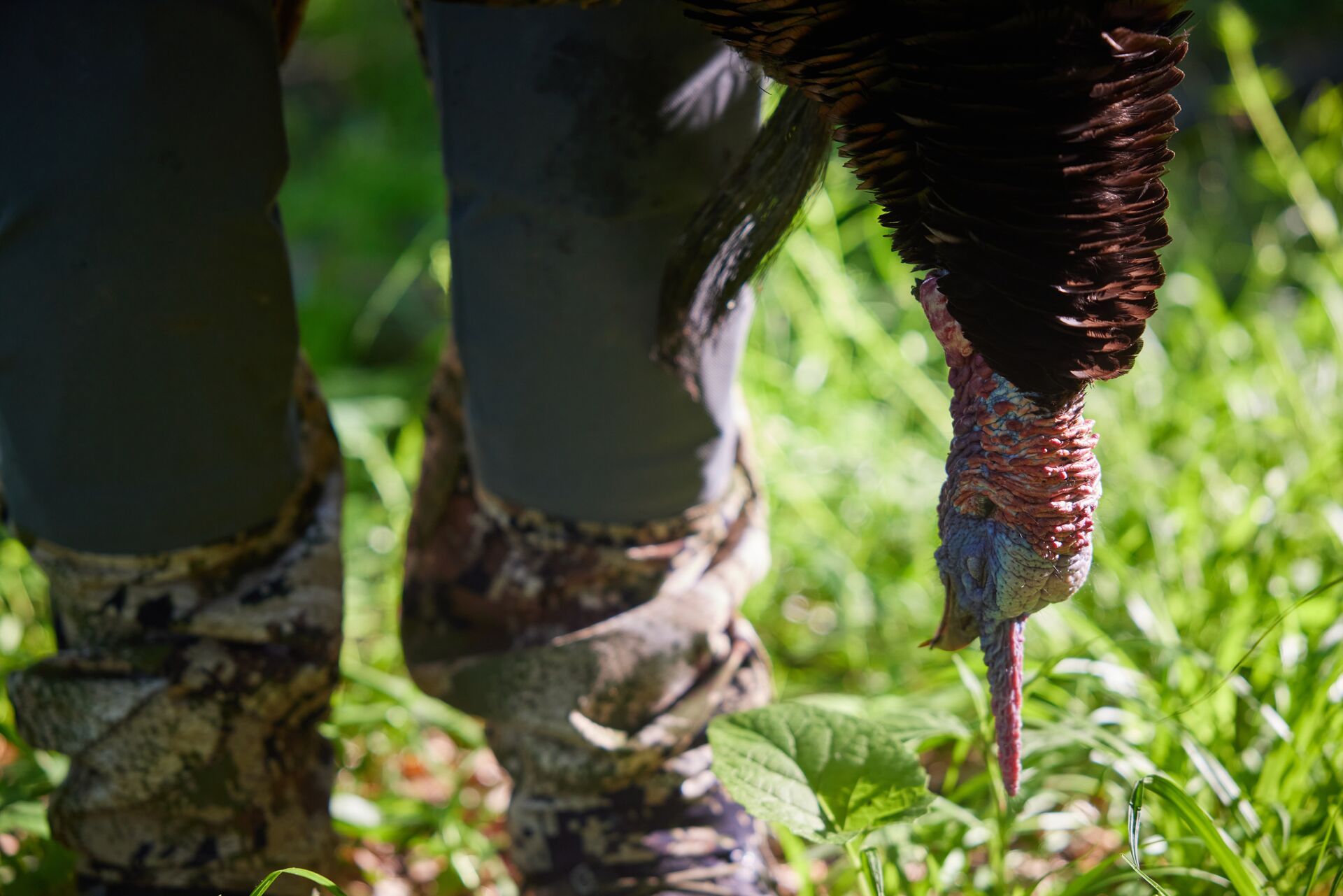
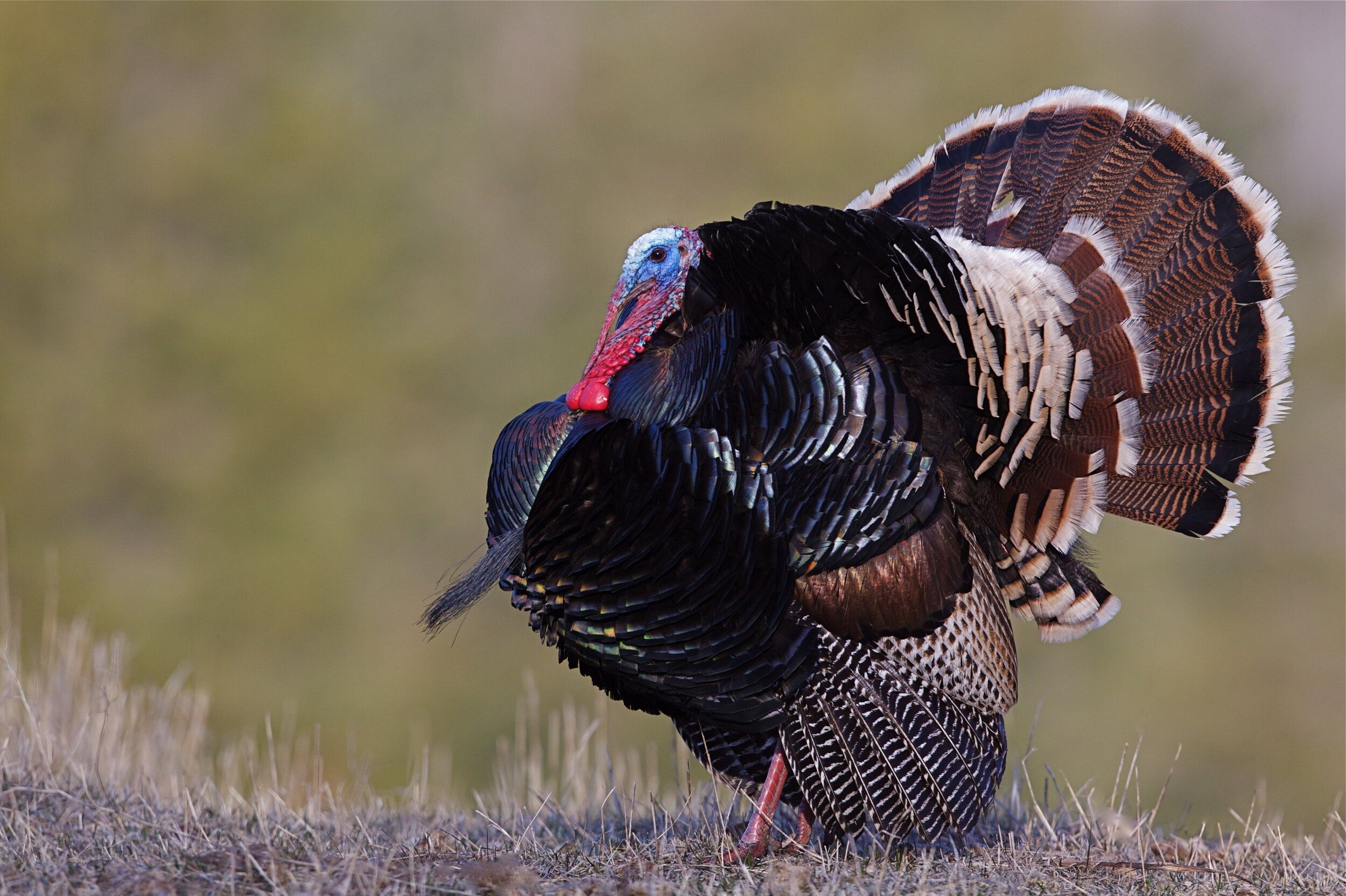 Turkey
Turkey Turkey
Turkey Turkey
Turkey